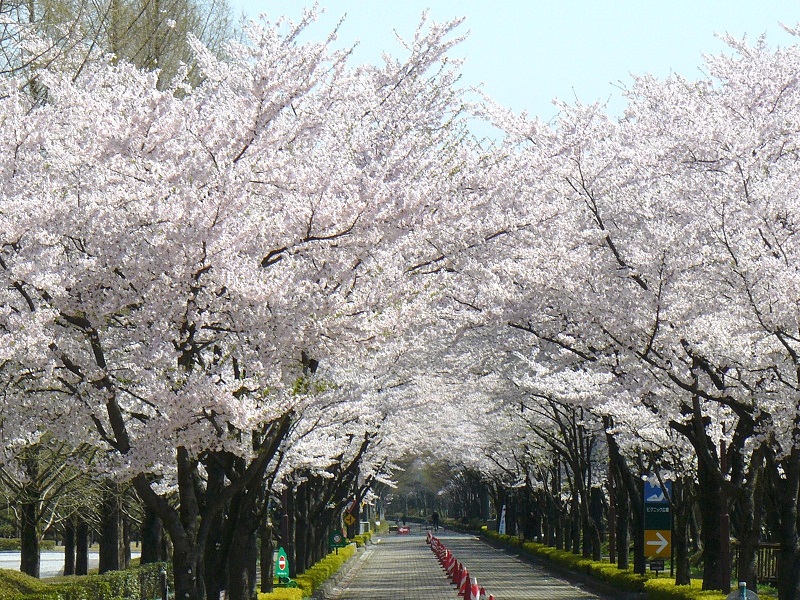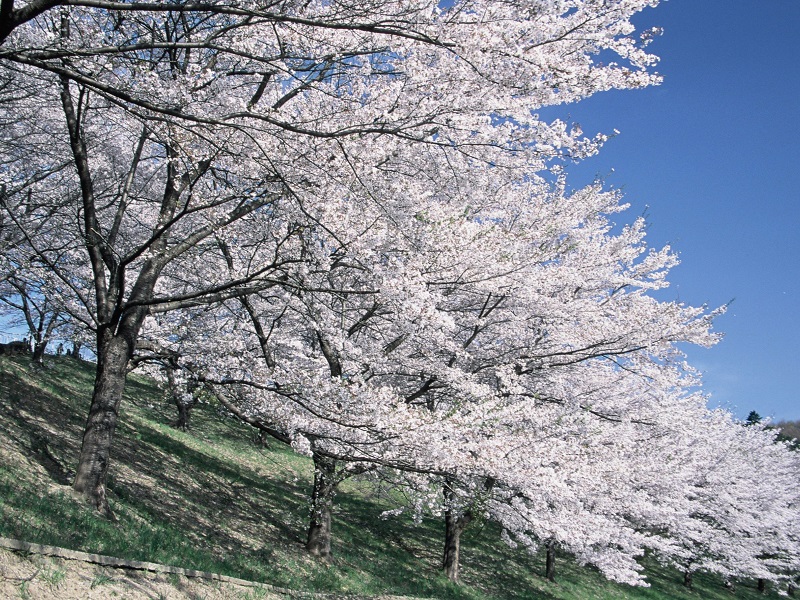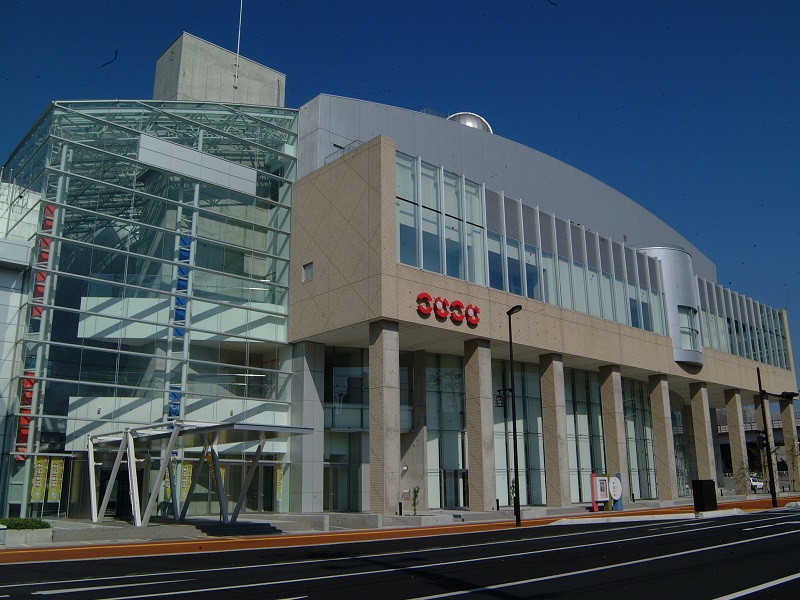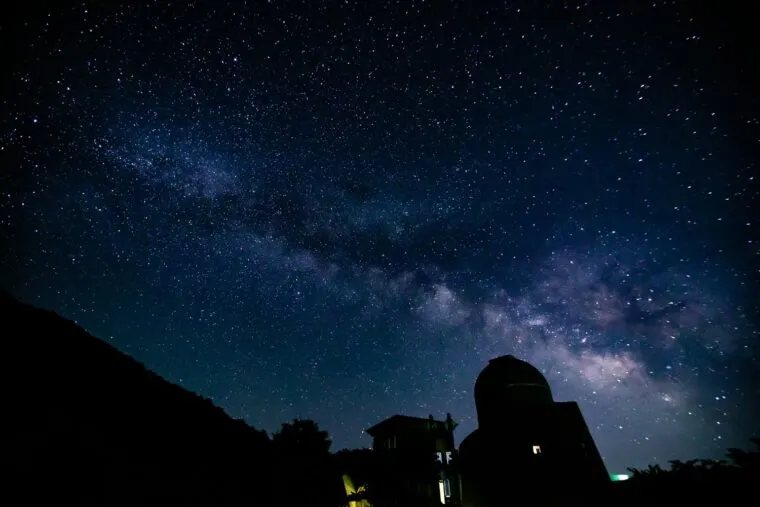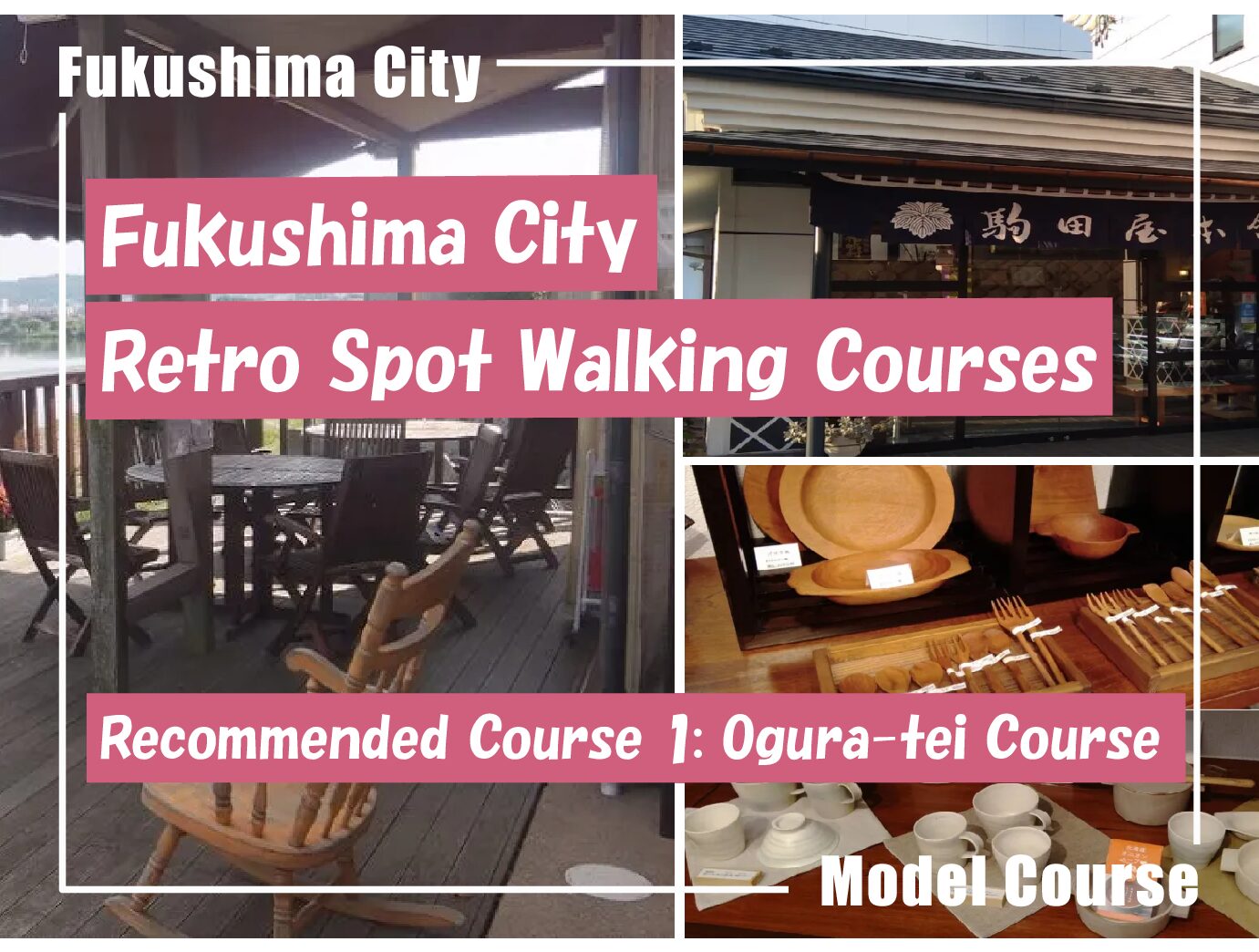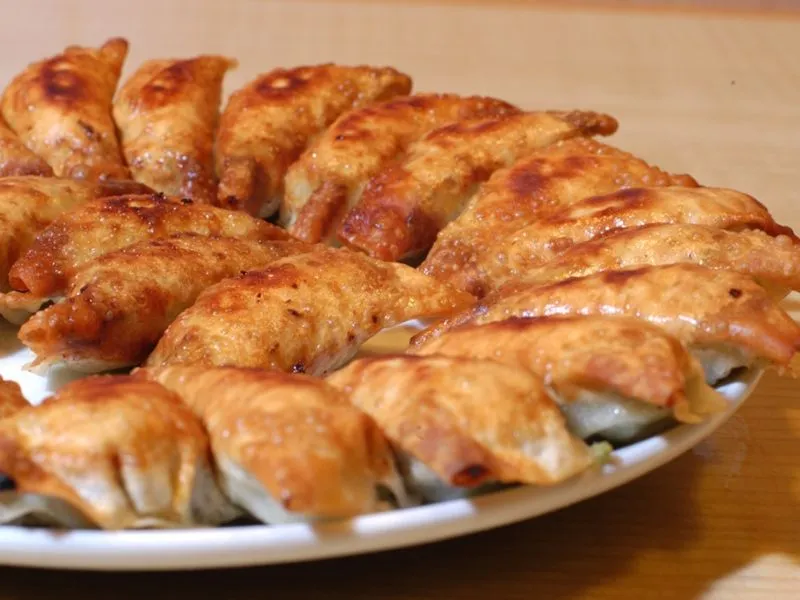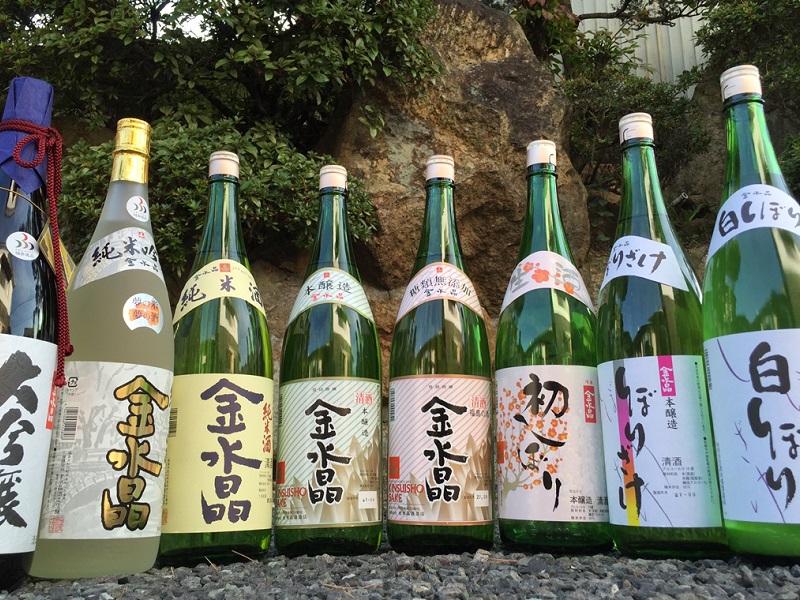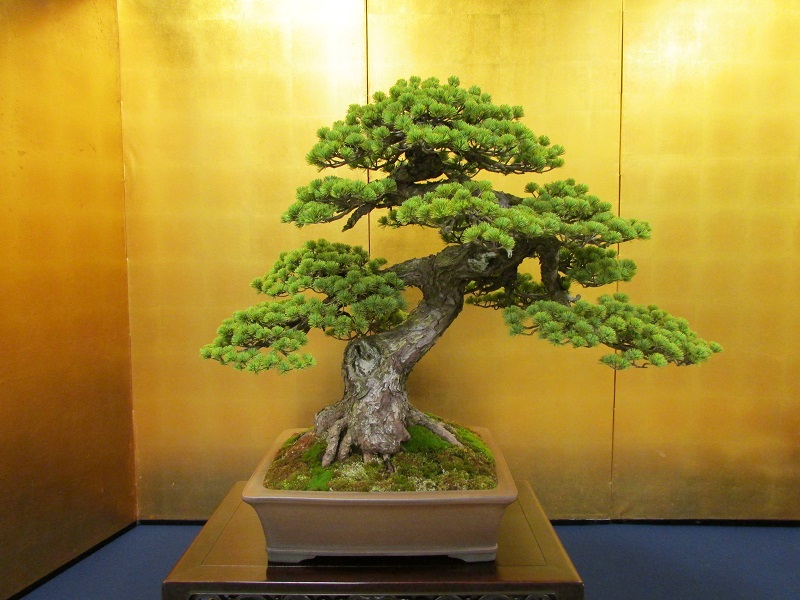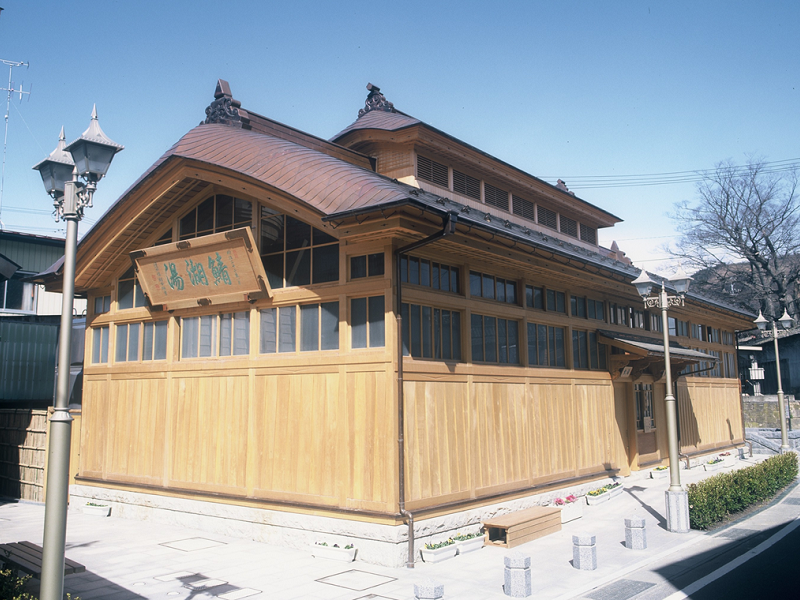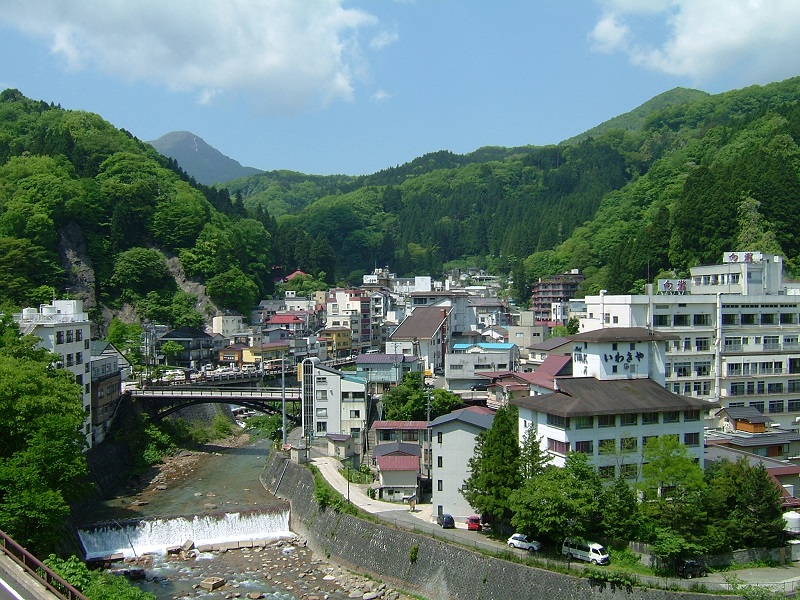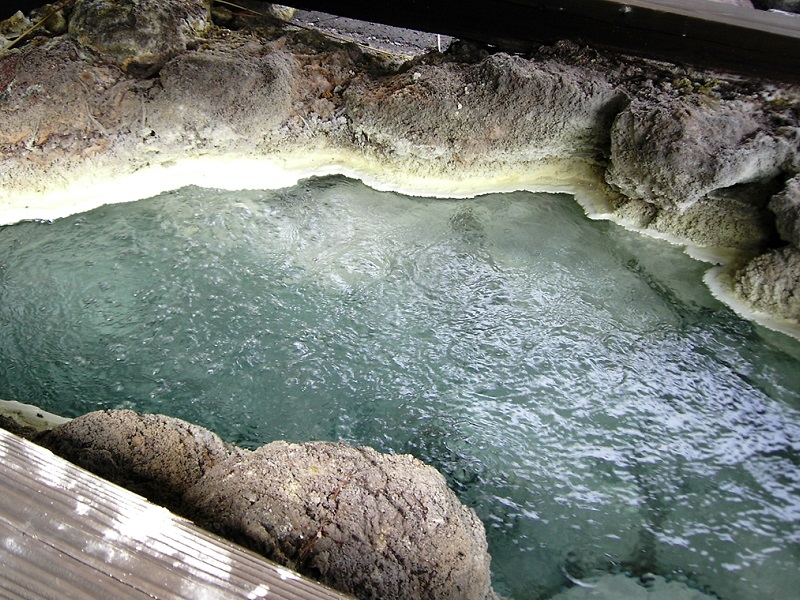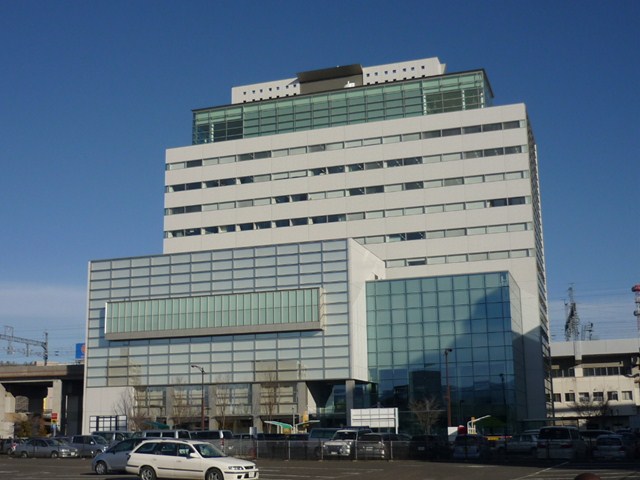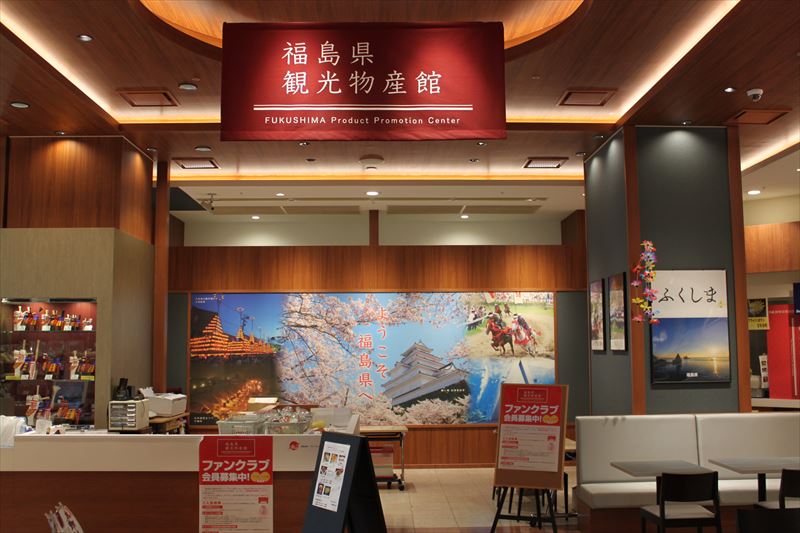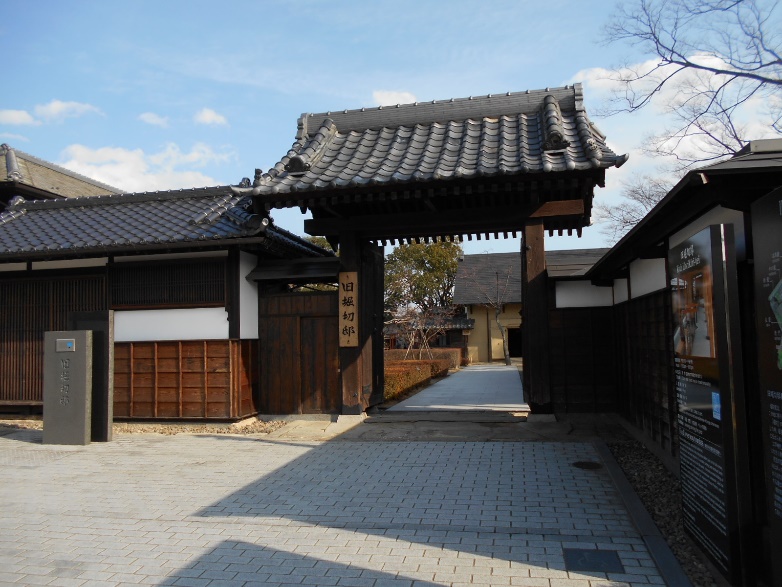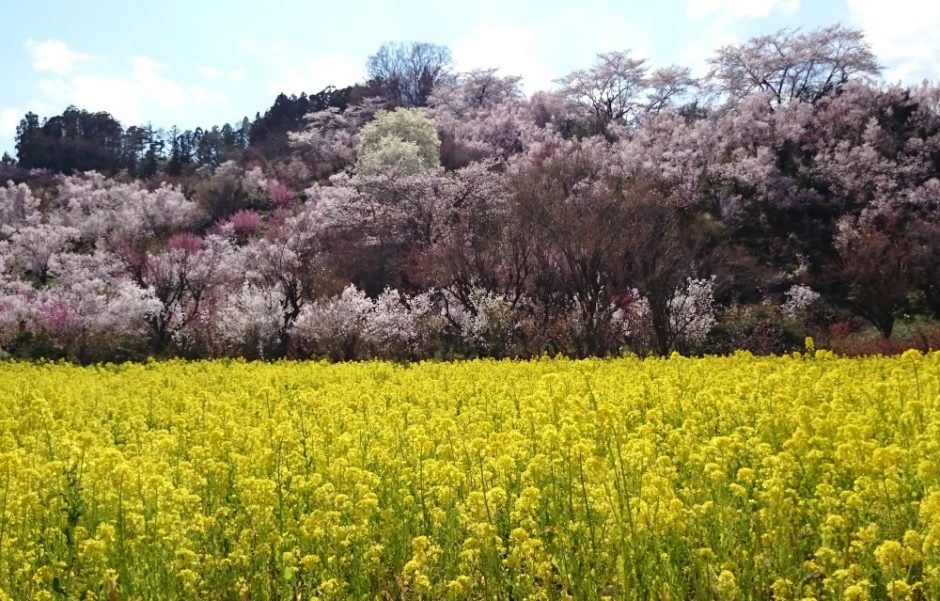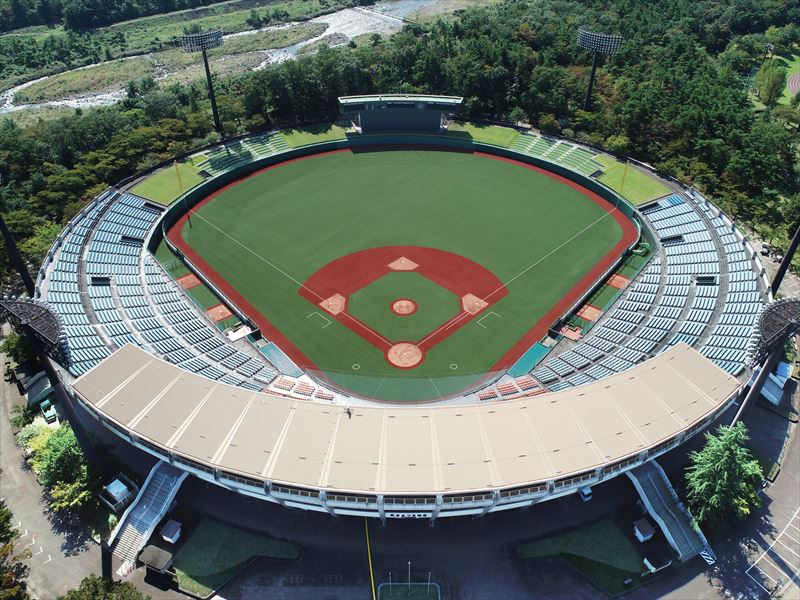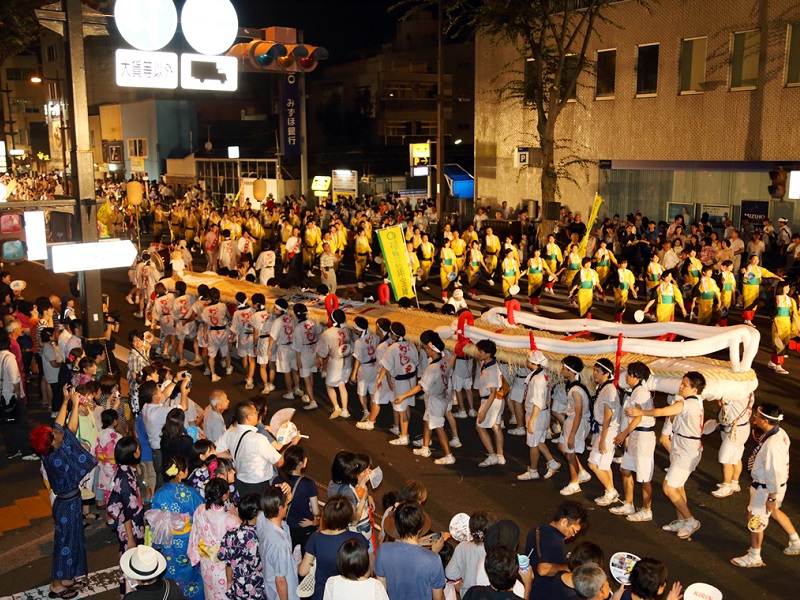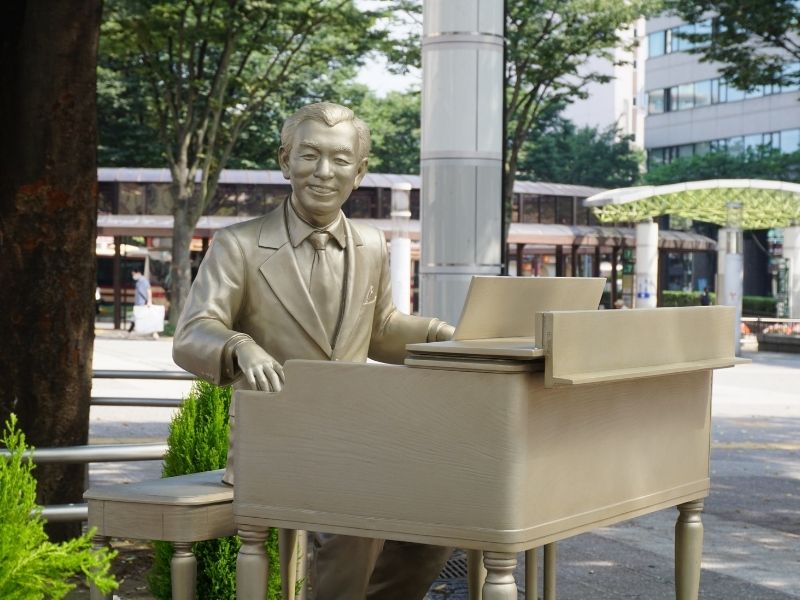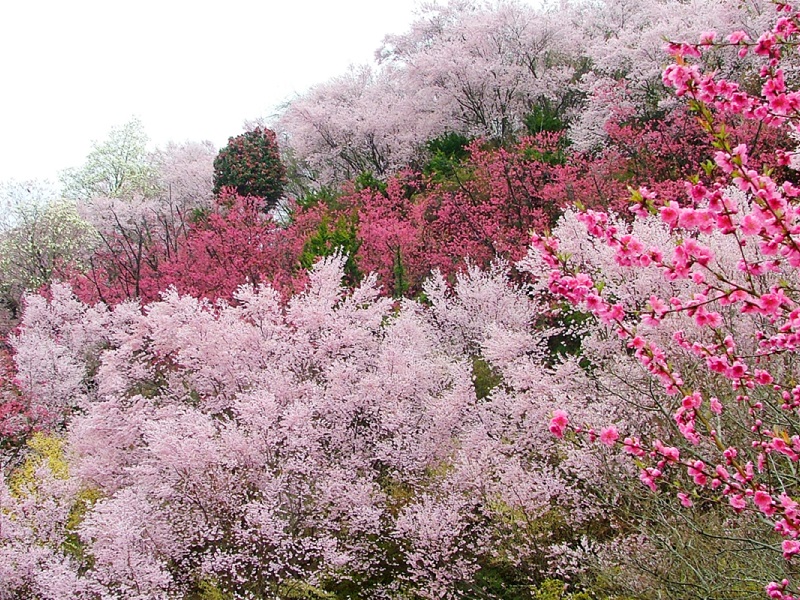Published /
Day Hike on Mt. Shinobu
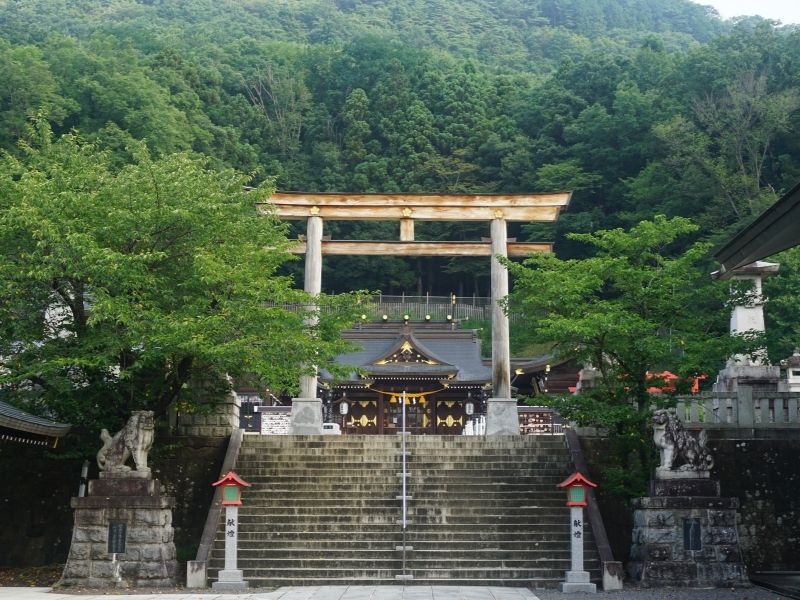
Day Hike on Mt. Shinobu
The Heart of the City
Mt. Shinobu has a peak of just 275 m but offers a day of hiking, nature, and history in the heart of Fukushima City. Take the Momorin City Loop No. 2 bus from Fukushima Station East Exit to the Fukushima TV bus stop (7 mins, 100 yen). There is a large torii gate across the road near Mt. Shinobu Park that leads up the hill to Gokoku Shrine. If you visit in mid-April during cherry blossom season, the blossoms are lit up every night and you try some Japanese festival food from a range of stalls. Turn left at the top of the hill at Kuronuma Shrine and follow the road up the mountain.
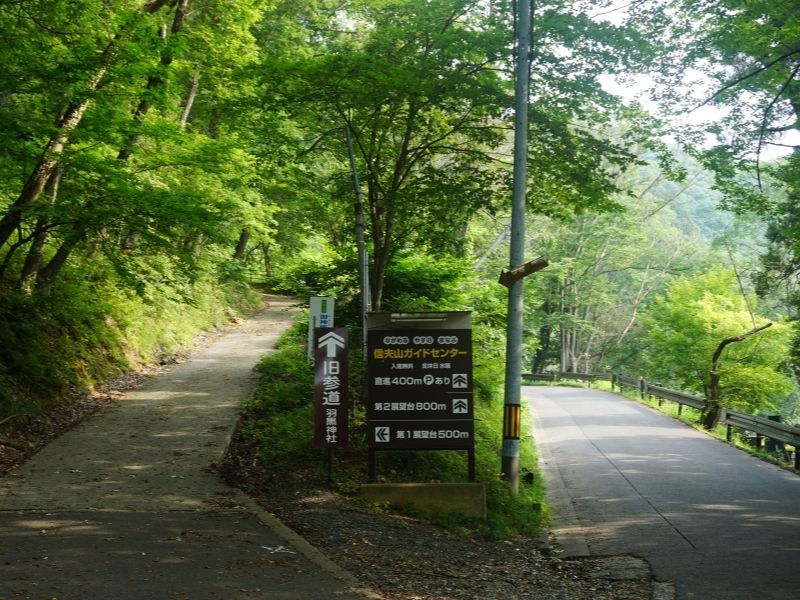
The left steep path goes past Neko Inari Shrine, the right gentle path goes past the Shinobuyama Guide Center
Visit the Cat Shrine
When you reach the junction, the left path is direct and steep, that leads past the Neko Inari Shrine to Haguro Shrine. The city was once home to many silk farmers (visit Minka-en to learn more!), and this shrine was used to pray for the health of the cats who protected the silk worms from rodents.
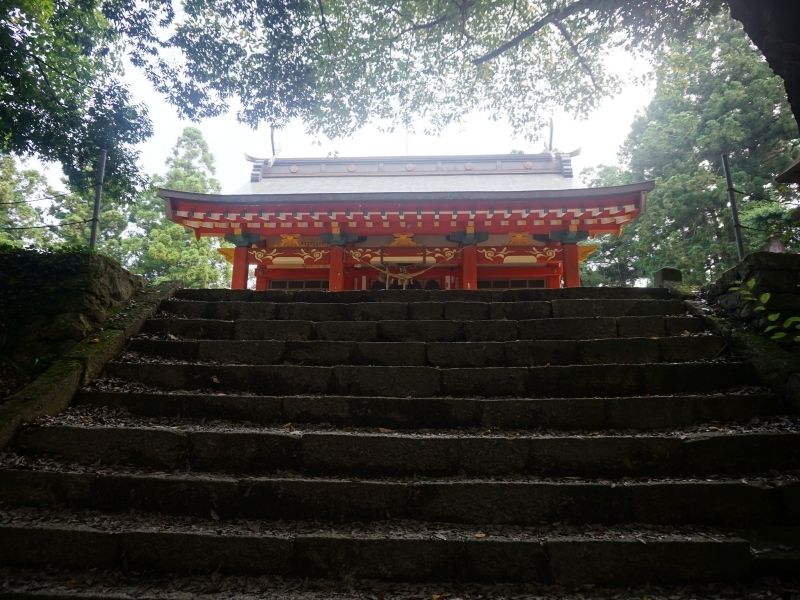
Haguro Shrine sits atop the central peak of Mt. Shinobu
Haguro Shrine
The final stretch leading to Haguro Shrine is a rugged climb over an uneven rocky path. Next to the shrine is the Fukushima Waraji, the largest straw sandal in Japan. It is celebrated at the Fukushima Waraji Matsuri every year on the first weekend in August, and at the 400-year-old Mt. Shinobu Dawn Procession on February 10.
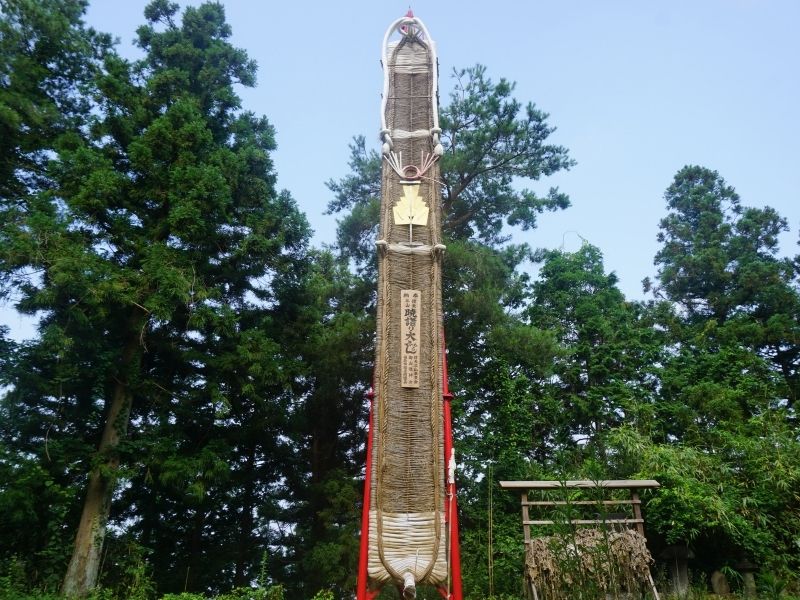
The Fukushima Waraji is the largest straw sandal in Japan
The Crow’s Peak
If you are looking to extend your hike, the Karasugasaki (lit. Crow’s Peak) Observation Deck is located on the western side of Mt. Shinobu. It takes about 30 minutes’ walk from Haguro Shrine, but is worth the extra effort for the panoramic views of the city. From this vantage point you can see the Museum of Art, Fukushima Station and the Azuma Mountains to the west.
‘Hey Let’s Go!’
One interesting piece of trivia links Mt. Shinobu to ‘Sanpo’ the opening theme song from My Neighbor Totoro. The song was written by famed Japanese children’s author Nakagawa Reiko who spent part of her childhood in Fukushima City. She said that she relied on her memories of hiking around Mt. Shinobu when she wrote the song. Make sure you keep an eye out when hiking through the forest, you never know who you might meet!
The West Side of Mt. Shinobu
The Bijutsukan-mae bus stop is just a 5-minute walk from the Fukushima Prefectural Museum of Art. The art gallery is surrounded by a beautiful garden and also houses the Prefectural Library and a restaurant, Musee du Canard. We also recommend stopping at Yuwae Café or Joshunso which is a traditional house that is used as a cafe.
The East Side of Mt. Shinobu
Catch the Momorin City Loop bus to Sakura no Seibo bus stop. It is a 15-minute walk to the Koeski Yuji Memorial Hall where you can learn about the Fukushima City born composer. Close by is the Fukushima City Concert Hall, and the Fukushima Prefectural Culture Center. There are a range of concerts & exhibitions from local, national, and international artists.
Another popular tourist spot is Iwaya Kannon. These Buddhist carvings date back over 300 years.
Lunch Options
One of our favorite places to stop for lunch or a coffee on Mt. Shinobu is Shinobuyama Bunko. It is just down the hill from Gokokuji Temple. They have a delicious Japanese lunch set, and a range of interesting (mostly Japanese) books.
If you on the west side, Musee du Canard is a restaurant between the Museum of Art and the Library, or Yuwae café is famous for its Amashoku which is a traditional cake/muffin.
On the east side, there are several popular restaurants to choose from along the busy Route 4.



